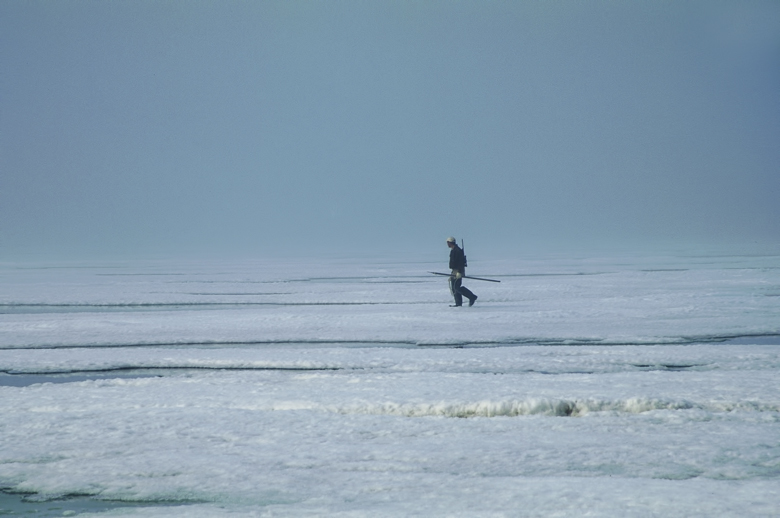
In Louisiana coast is a rather nebulous term. Instead of an "edge", a clear line of demarcation between land and sea, it is a tangled web of barrier islands, bays, marshes, estuaries, and freshwater swamps running inland for miles and miles. This hodgepodge of ecosystems blends to become the Louisiana wetlands, one of the richest wildlife areas in the U.S., perhaps the world. Here great blue herons, Louisiana herons, great and snowy egrets, roseate spoonbills, ducks, pelicans, gators, muskrat, mink, and mocassins have thrived since time immemorial. And as far as we know there are no Burmese pythons. At least for now.
But that's not all. About half of the shrimp and oyster harvest in the U.S. is pulled from these rich waters. And nearly all of that, plus a fair amount of fish and crab, comes from the marshes and bays of Barataria, Timbalier, and Terrebonne. Without this wetland complex, bordered on the west by the Atchafalaya River and the east by the Mississippi, these fisheries would "dry up." Without the grasses and reeds there are no resident or migrating birds. And without these things there is no south Louisiana cajun culture. Hard to imagine. What will the Boudreauxs and Bergerons do?
Louisiana Highway 1 follows a meandering Bayou Lafourche, through Thibodaux, Galliano, and the rest, all the way to Grand Isle. Here people are worried. They've been dealt two knockout blows, oil and Katrina, in a single round. Can they get back on their feet? Along the docks there is fear that the oil will kill their livelihoods and taint their homeland for years to come. Seafood markets are slow. No wonder. Locals and visitors alike are scared. Of toluene, benzene, and whatever else. Shrimp signs are crossed out and Crawfish scribbled instead. The mud bugs are not yet threatened since they are farmed inland.
Some say we should drill in the Arctic instead of the Gulf since there are fewer people. However, the inevitable spill in these frigid waters would recover, not in years, but epochs. If ever.